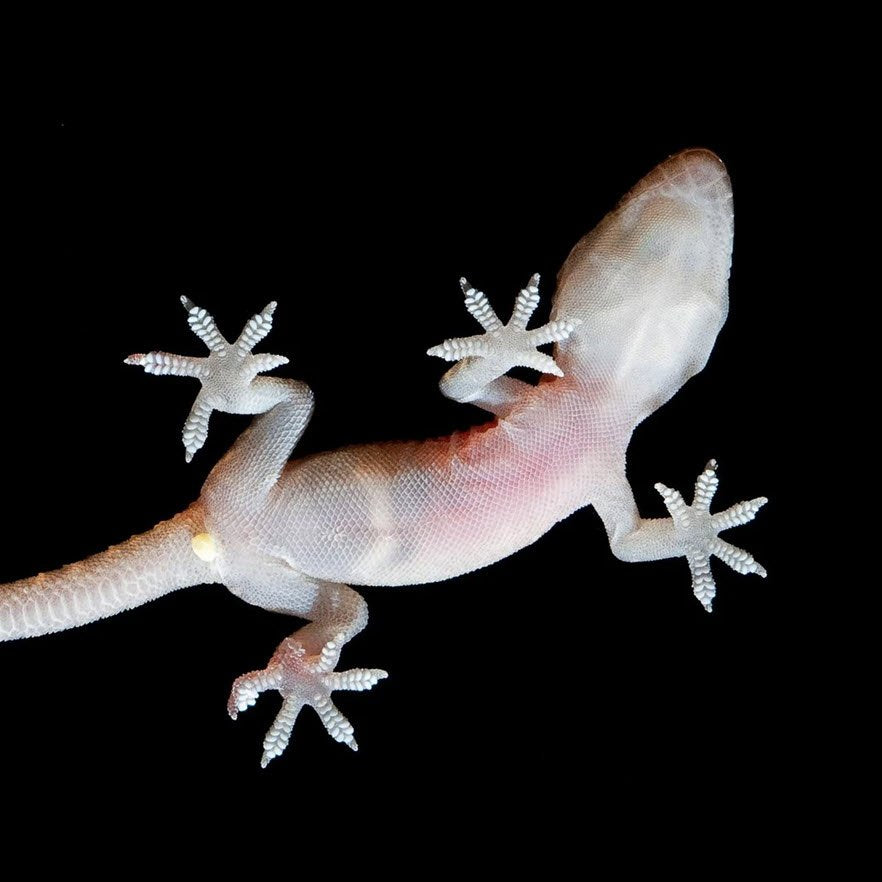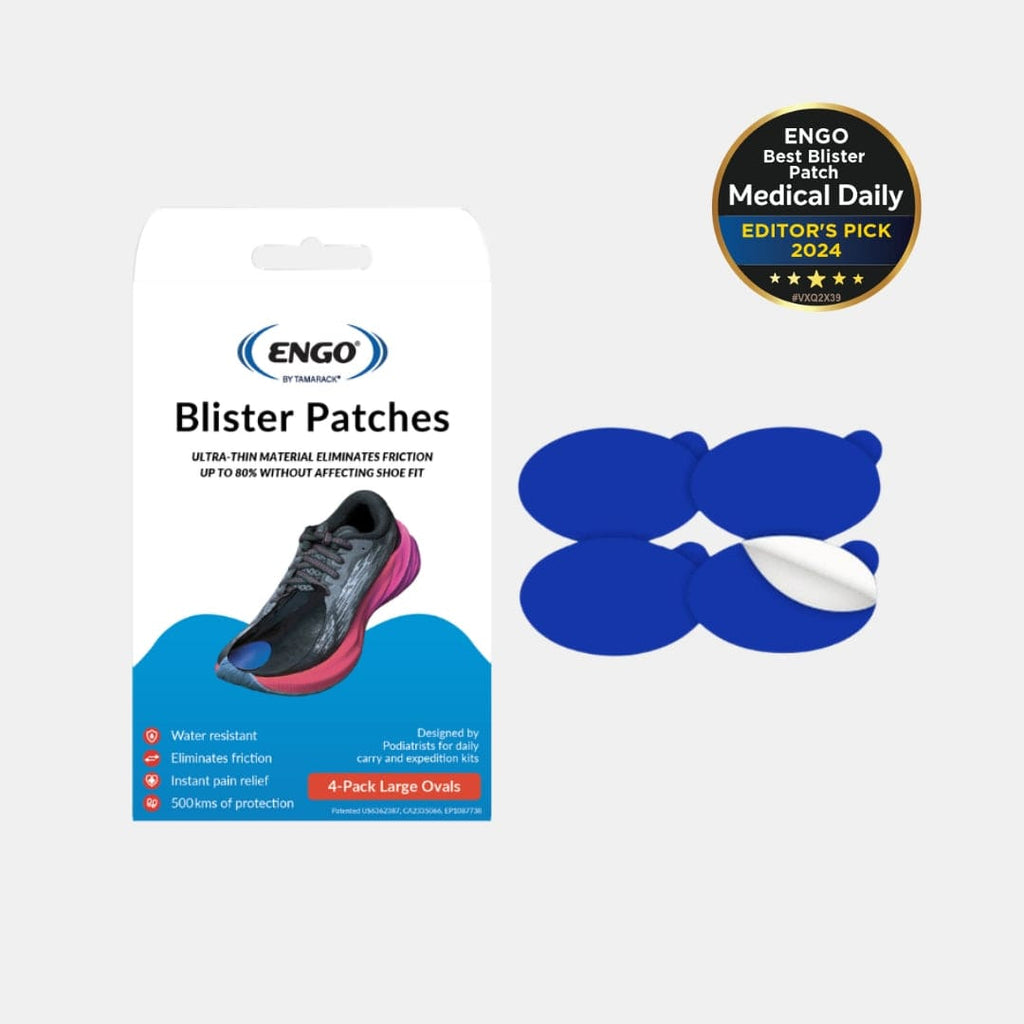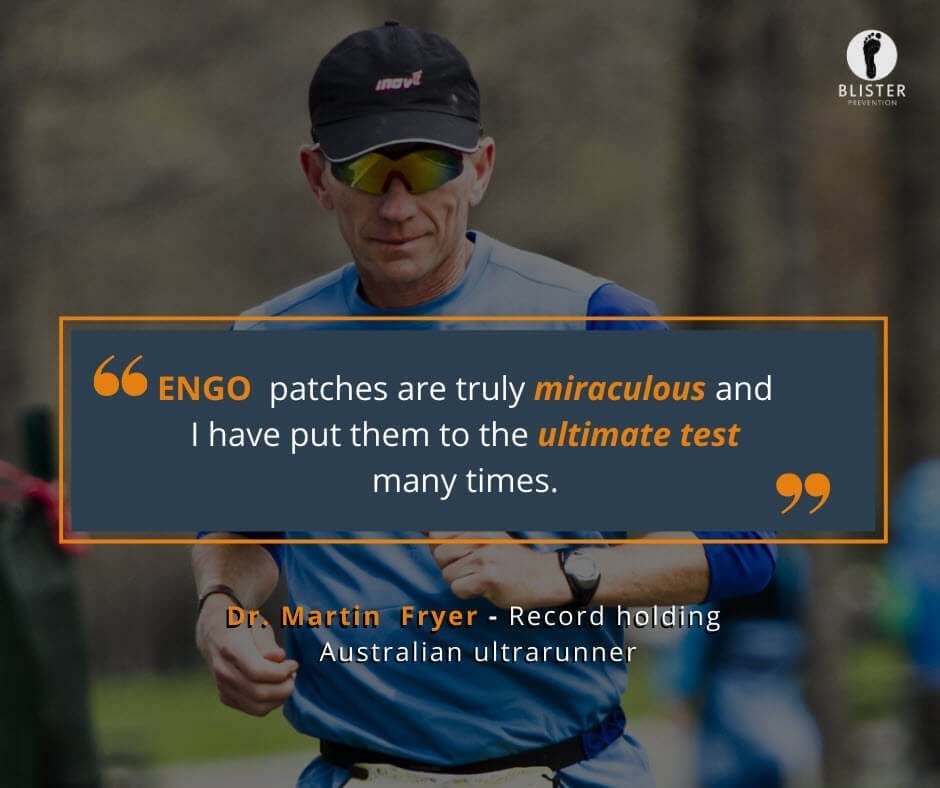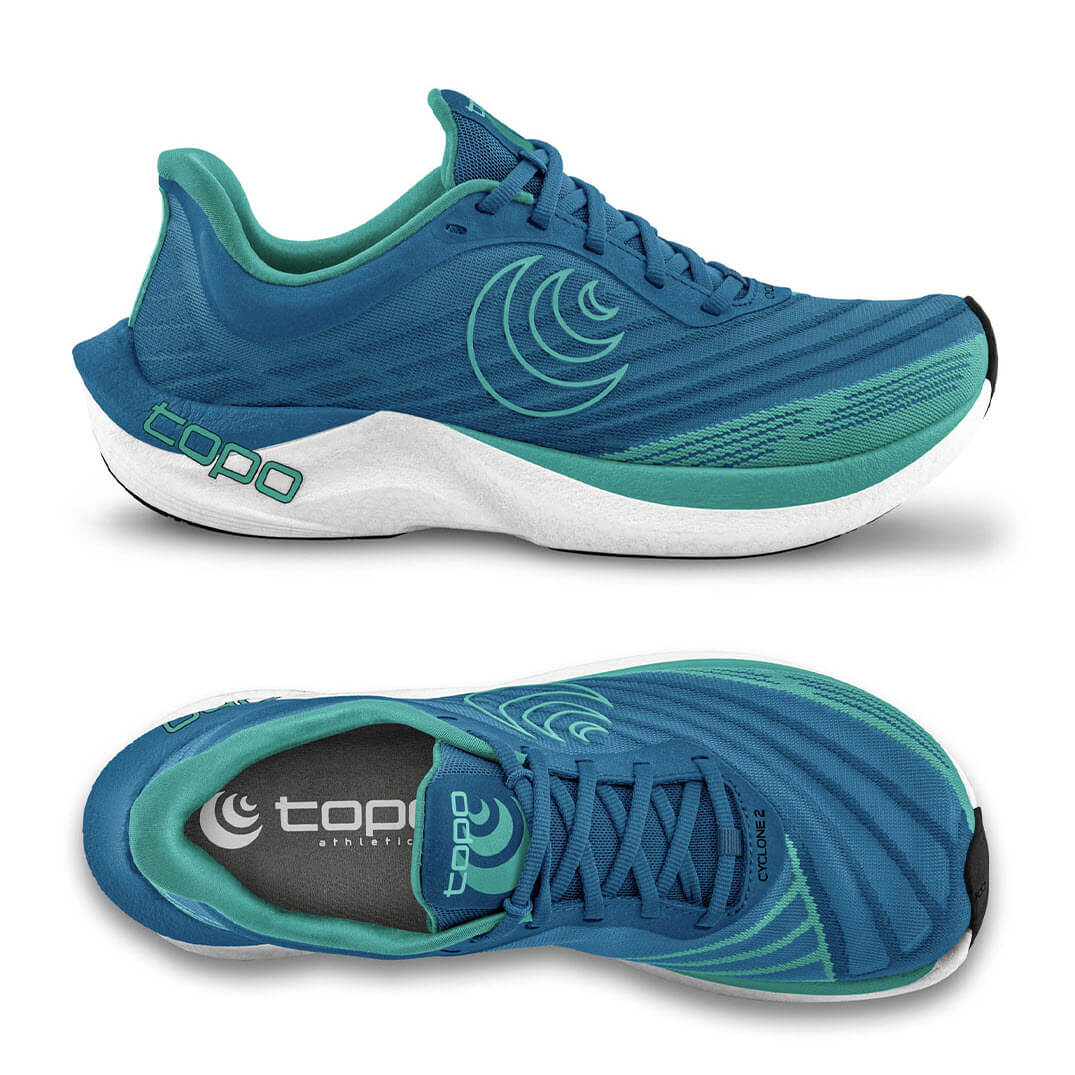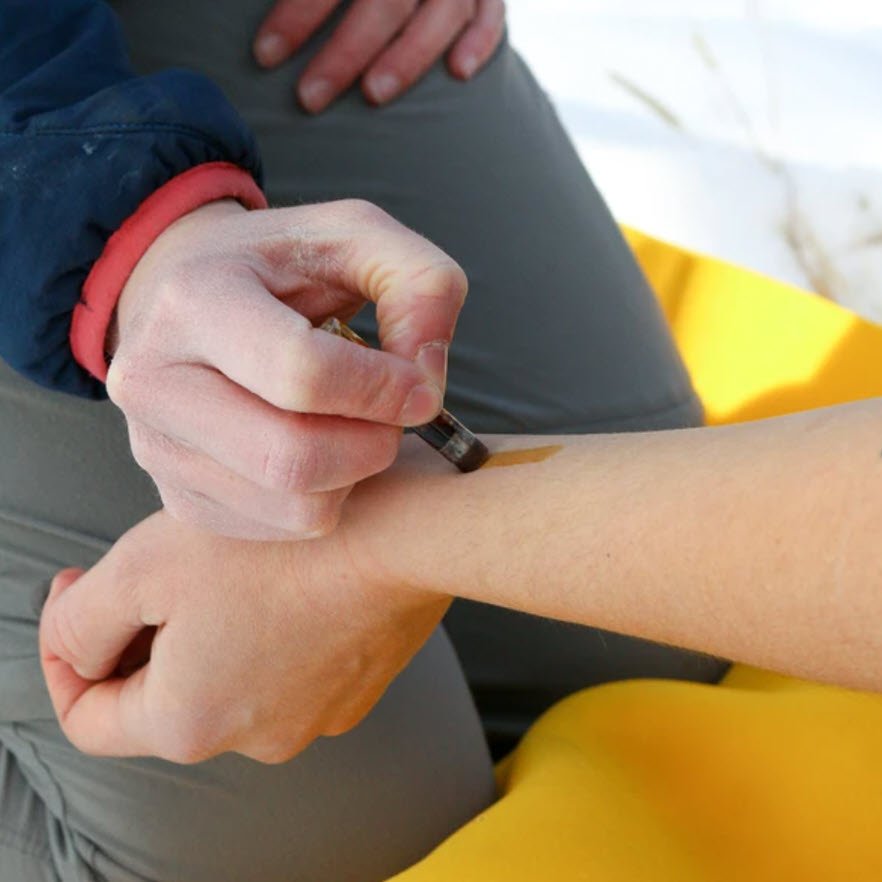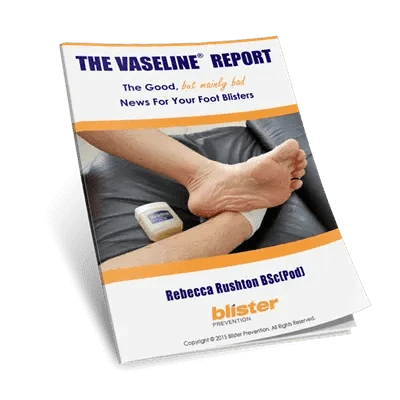Friction blisters are a common ailment, there's no doubt about it. We've looked closely on this blog at their high incidence in activities such as running, hiking, netball and in the military. These painful skin injuries are caused by repetitive shear deformation within the skin. The use of polytetrafluoroethylene (PTFE) patches has been found by many to be an effective solution in preventing and treating friction blisters of the foot. In this article, we will discuss the properties of PTFE that make it so helpful. The benefits of PTFE patches, specifically the product ENGO Blister Patches (also known as Shearban) will be discussed. We will also include interesting facts about PTFE that will enhance your understanding of this truly unique material.
Properties of PTFE
PTFE, also known as Teflon, is a synthetic fluoropolymer that is known for its unique combination of properties. It is highly resistant to chemicals, high temperatures, and has the lowest coefficient of friction of any solid material. These properties make PTFE an ideal material for use in various industrial, medical and consumer applications, including the management of friction blisters of the foot.

PTFE chemical structure. Image credit
Interesting facts about PTFE
- PTFE was accidentally discovered in 1938 by Dr. Roy Plunkett, who was attempting to create a new refrigerant.
- This led to the invention of Teflon, which is used in non-stick cookware, as it is resistant to high temperatures and chemicals.
- PTFE is also used in a wide range of medical and industrial applications, including as a graft material in surgery, as a coating on catheters and in gaskets, seals, and bearings.
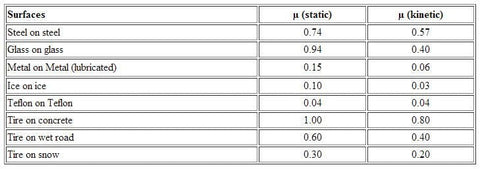
The static and dynamic friction values of some common materials. These values are approximate.
Reference: http://ffden-2.phys.uaf.edu/211_fall2002.web.dir/ben_townsend/staticandkineticfriction.htm
Gecko's feet!
There’s another interesting fact about PTFE and geckos. Geckos are known for their ability to stick to a wide variety of surfaces, including smooth and non-porous surfaces, such as glass and metal, thanks to the millions of hairy structures called setae on their feet. Scientists have studied gecko's setae and found that they have a unique property of adhesion and cohesion. However, geckos' feet do not stick to Teflon (PTFE) surfaces. PTFE is a highly-slick, low-friction material, which is why it is often used in non-stick cookware and other applications where low friction is desired. Because of its low coefficient of friction, geckos' feet are not able to create the mechanical interaction with PTFE surfaces that is required for adhesion.
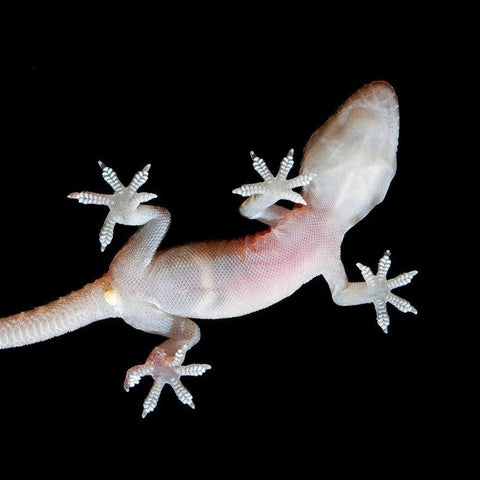
Geckos can't stick to PTFE. Image credit: blickwinkel / Alamy Stock Photo
PTFE Patches, better known as ENGO Blister Patches
ENGO Blister Patches are PTFE patches specifically designed to prevent and treat friction blisters of the foot and even callouses and diabetic foot blisters. Also known as Shearban, ENGO Patches are made of a thin layer of PTFE with an pressure-sensitive adhesive backing that is applied to footwear surfaces, like insoles, orthoses and the shoe itself. The low coefficient of friction of PTFE patches reduces friction force and therefore, the magnitude of shear distortion within the skin and soft tissue of the foot, thus preventing the formation of blisters. These patches can be used to prevent blisters from forming, as well as to treat existing blisters, reducing pain and facilitating healing.
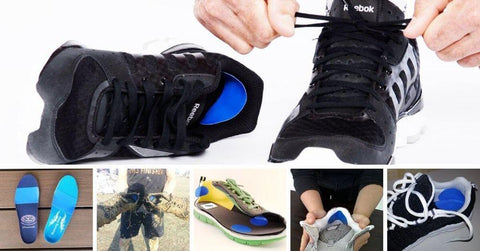
ENGO PTFE Patches are applied to footwear surfaces to reduce friction force, preventing and relieving blisters.
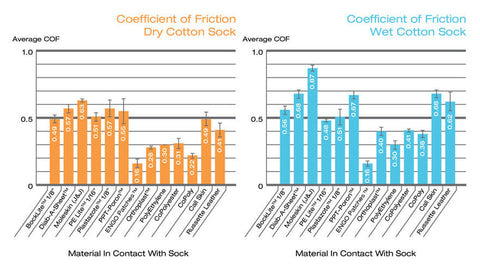
Friction levels (COF) of various in-shoe materials.
Benefits of PTFE Patches
One of the key benefits of ENGO Blister Patches is that they adhere to the shoe, rather than the skin, and last for weeks to months, sometimes even years! This makes them a cost-effective and convenient solution for people who are prone to developing friction blisters and always on the go. The other outstanding feature of ENGO’s PTFE patches is they are extremely thin, and therefore don’t adversely affect shoe fit. This is particularly convenient in ultra-endurance activities like multiday hiking (like walking the Camino) and ultramarathon events where swelling of the feet is common.
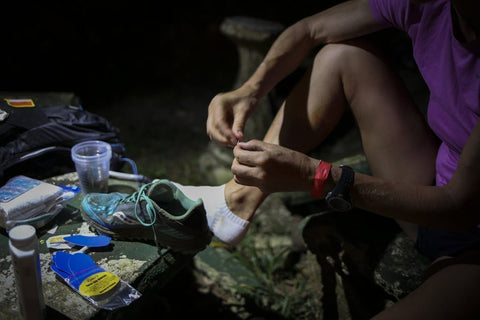
Blue ENGO Patches (PTFE Patches) used by an ultramarathon runner. Image credit: Ian Corless
Wrapping up
As a reader of the Blister Prevention blog, you know friction blisters are a common ailment among active inpiduals such as runners, walkers, hikers, military personnel, netball players, tennis players … you get the picture! PTFE patches, better known as ENGO Blister Patches, offer a convenient and effective solution for preventing and treating these painful skin injuries. This is thanks to its uniquely low coefficient of friction.
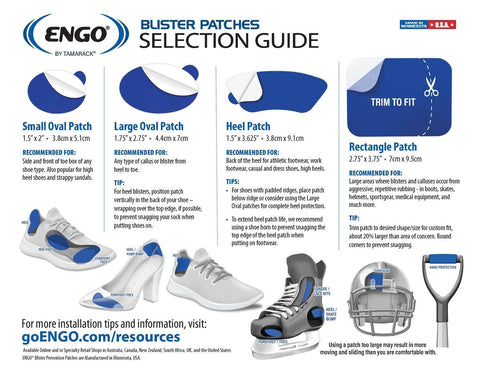
ENGO PTFE Patches Selection Guide
